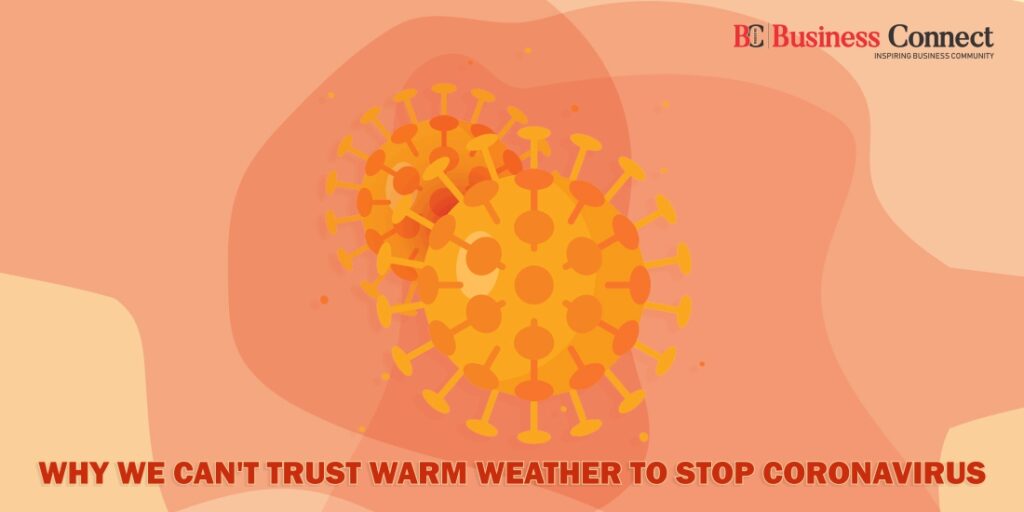Why We Can’t Trust Warm Weather to Stop Coronavirus
Coronavirus pandemic has become a nightmare for all over the country. Since there isn’t any solid treatment available at the moment, so many researches are going on to develop the vaccine and on viruses nature. There has been talked that COVID 19 spread will slowdown in warm weather and high humidity.
While reports haven’t been consistent, new research from NAS (National Academics of Science, Engineering, and medicine) has defined that warm weather won’t combat this pandemic form spreading. On April 7,2020, a rapid Expert Consolation latter was released by NAS, where David A. Relman (MD, a member of the NAS standing committee on emerging infectious Diseases and 21st-century health Threats.) explained.
“The pandemic will be slow down in warm weather”, it came from observing seasonal patterns of viruses like influenza transmission is dependent on humidity and temperature. However, Relman says report suggesting that SARS-CoV-2, which causes COVID-19 hasn’t shown such kind of patter.
“Some limited data support a potential waning of cases in warmer and more humid seasons, yet none are without major limitations.” Relman mention in the latter.
There are a lot of countries have warm weather at the time like India, Australia, Iran. in spite of having warm weather in these countries, Vires is still spreading.
“Given that countries currently in “summer” climates, such as Australia and Iran, are experiencing rapid virus spread, a decrease in cases with an increase in humidity and temperature elsewhere should not be assumed.”
In addition, there are two most well-known coronaviruses, SARS-CoV and MERS-CoV “have not demonstrated any evidence of seasonality following their emergence.”
Having a reliable answer from research, it is hard to say because many types of research were conducted in labs with an uncertain condition.
“There are significant caveats in all of the studies presented, mostly related to data quality and the limitation in time and location” Relman has written in the latter.
“There are also important confounding factors associated with geography and, hence, with temperature and humidity.”
The research also shows that relying on studies focused on influenza strains, that is typically seasonal, it isn’t also sufficient
“Pandemic influenza strains have not exhibited the typical seasonal pattern. There have been 10 influenza pandemics in the past 250 plus years- two started in the northern hemisphere winter, three in the spring, two in the summer and three in the fall. All had peak second wave approximately six months after the emergence of the virus in the human population, regardless of when the initial introduction occurred.” Relman added on.
Relman’s studies also defined indoor temperature, including the disturbing persistence of the pandemic on PPE (personal protective equipment) like masks.
“The persistence of infectious virus on PPE is cornering and warrants additional study to inform guidance for healthcare workers,” he mentions that after seven days, a high concentration of viral particle has been detected in the mask. It means all health professionals should use new masks throughout the day.
“Additional studies as the SARS-CoV2 pandemic unfolds could shed more light on the effects of climate on transmission.”



